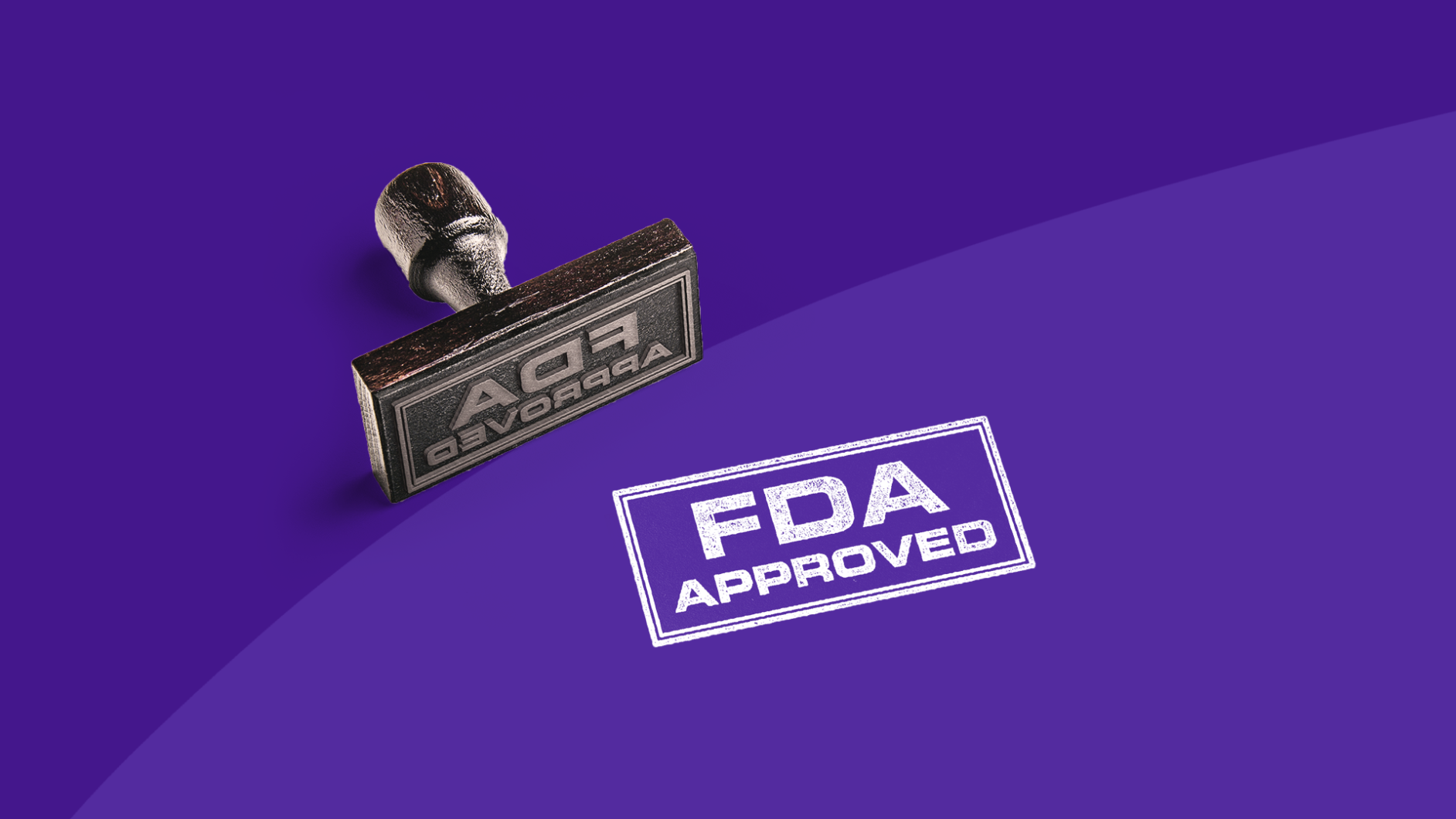On March 10, the U.S. Food and Drug Administration approved Zavzpret, the first calcitonin gene-related peptide (CGRP) antagonist nasal spray to treat acute migraine (with or without aura) in adults. This could mean faster—and more effective—treatment for many of the 40 million people in the U.S. who experience migraine. Read on to see what we know about this new medication and when it will be available.
RELATED: What is a migraine? | Migraine statistics
What is Zavzpret?
Manufactured by Pfizer, Zavzpret (zavegepant) is a fast-acting medication shown in Phase 3 clinical trials to have broad efficacy. The nasal spray was found to be significantly better than a placebo (inactive medicine) at reducing moderate or severe migraine pain to no pain in as little as 15 minutes after administration. Zavzpret also returned people with migraine to normal function in as little as 30 minutes after administration and was effective at providing sustained pain relief, up to 48 hours after use.
Zavzpret is meant to treat a migraine headache once it has started—it is only approved as an acute treatment and should not be used as a preventive medication, says Huma Sheikh, MD, a spokesperson for the American Headache Society and an assistant professor of neurology at Mount Sinai School of Medicine in New York.
Side effects for Zavzpret may include:
- Altered taste
- Loss of the sense of taste
- Nasal discomfort
- Nausea or vomiting
What is different about Zavzpret?
The drug class of CGRP receptor antagonists is part of a new generation of migraine drugs that target a protein released by specific nerve endings around the head and brain to prevent the inflammatory response that causes migraine pain. Previously, CGRP treatments were only available by injection or as a pill, such as Ubrelvy (ubrogepant) and Nurtec ODT (rimegepant).
Zavzpret is the first CGRP antagonist to be approved in nasal spray form, which is notable for two main reasons:
- A nasal application of migraine treatment takes effect faster than oral medications. When using a nasal spray, the medication enters the bloodstream through the mucous membranes of the nose. A migraine treatment taken by mouth has to be broken down in the digestive system before it enters the bloodstream. Plus, nausea and vomiting caused by a migraine attack can make oral medication less effective.
- Other FDA-approved nasal sprays may have more side effects. These older medications, such as Imitrex (sumatriptan) nasal spray and Migranal (dihydroergotamine mesylate), also work to treat migraine, but come with side effects such as nausea, nasal discomfort, pounding heartbeat, muscle pain, and dizziness or vertigo.
When will Zavzpret be available?
Pfizer says that Zavzpret is expected to be available this July. Pricing, and subsequent information about insurance coverage, will be available at launch.
If not treated, a migraine episode can last up to 72 hours—and it’s costly. In the U.S. alone, the medical expenses and loss in productivity directly related to migraine totals $20 million each year. For people living with migraine, Zavzpret will be another potential treatment to reduce the impact of this condition on daily life.











